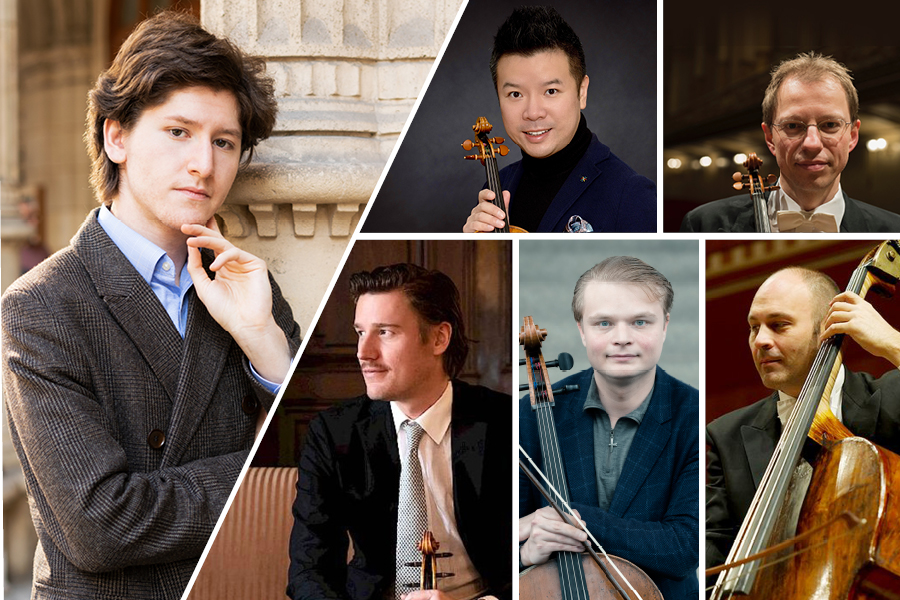Emanuil Ivanov & String Quintet to Opera Zurich

Piano Concerto No. 2 in B-flat Major, Op. 19 by Ludwig van Beethoven is the composer’s first completed concerto, written in the late 1780s, though it was published after Concerto No. 1. This piece carries the classical style of the era, strongly influenced by Mozart, and reflects Beethoven’s early period, which exudes the elegance and lightness of the time. Despite its classical elements, the concerto already hints at the innovative spirit of the young composer, which he would later manifest in his works. Consisting of three movements - the playful Allegro con brio, the expressive Adagio, and the dynamic Rondo: Allegro - it combines virtuosity with poetry. This work offers listeners both classical pleasure and hints of Beethoven’s future musical genius.
Piano Concerto No. 4 in G Major, Op. 58, composed between 1805-1806, is one of the most original and innovative pieces by the composer. Its premiere in 1808 did not receive great acclaim, but it later established itself as one of the most highly valued works in the piano repertoire. With its exceptional lyricism and emotional depth, this concerto breaks away from the traditions of the classical form. The work consists of three movements: the elegant Allegro, the gentle and contemplative Andante con moto, and the dynamic Rondo- Vivace. In this concerto, Beethoven elevates classical music by combining virtuosity and expressiveness, creating one of the most exciting pieces in his oeuvre.
Performers:
Emanuil Ivanov - piano
Xiaoming Wang - violin
Michael Salm - violin
Sebastian Eyb - viola
Lev Sovkov - cello
Petar Naydenov - double bass
Michael Salm - violin
Sebastian Eyb - viola
Lev Sovkov - cello
Petar Naydenov - double bass
Lev Sovkov - cello
Petar Naydenov - double bass
Program:
Ludwig van Beethoven (1770 - 1827)
Piano Concerto No. 2 in B-Flat Major, Op.19
Piano Concerto No. 4 in G Major, Op.58
Tickets:
40 lv./50 lv./60 lv.
Buy ticketsDuration:
70 min